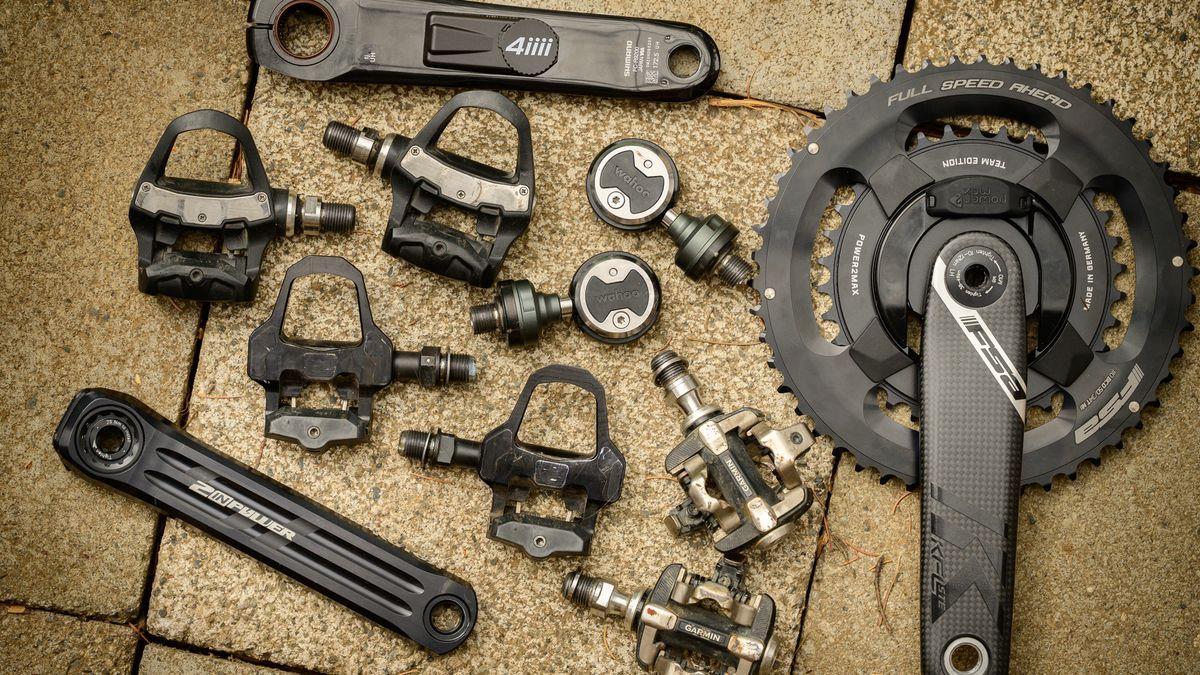A Practical Guide to Performance Gear for South African Cyclists

The Rise of Performance Cycling in South Africa
For cyclists across South Africa, a cycling power meter has become an essential part of training and performance tracking. This device provides real-time data on power output, helping riders make informed decisions during rides. With South Africa's varied terrain—from the climbs of Mpumalanga to the coastal flats of the Western Cape—data-driven training is becoming increasingly valuable for both amateur and professional riders.
Benefits of Using a Power Meter
Power meters are not just for elite athletes. They serve a wide range of cyclists by offering:
-
Accurate Training Data: Provides objective insights into power, cadence, and energy expenditure.
-
Pacing Guidance: Helps cyclists manage their effort during endurance events or time trials.
-
Efficiency Tracking: Enables monitoring of progress over time and highlights areas for improvement.
This level of insight allows cyclists to train with intention, adjusting their efforts based on terrain and personal goals rather than perceived exertion alone.
Compatibility and Configurations
Power meters come in various formats, including:
-
Pedal-Based Meters: Easy to install and transfer between bikes.
-
Crank or Spider-Based Meters: More accurate, but often specific to certain setups.
-
Hub-Based Meters: Less common, but still reliable in consistent power output measurement.
Riders typically choose based on budget, riding discipline, and compatibility with their bike components.
Midpoint Focus: Finding Quality Gear
Finding the right equipment at a good value is often a goal for cyclists upgrading their training tools. Many explore options through a power meter sale, especially when replacing older or less reliable devices.
-
New vs. Used: Budget-conscious riders may consider second-hand meters from trusted sources.
-
Club and Community Support: Local cycling groups often share advice on deals and product reliability.
-
Seasonal Sales: Timing purchases around discounts or end-of-season clearances can be strategic.
Access to reliable gear at lower prices helps make data-driven training more accessible across the broader cycling community in South Africa.
The Role of Aerodynamics in Performance
As competitive cyclists aim to reduce drag and increase efficiency, aerodynamic positioning has become just as important as power data. In long-distance and time trial events, gear that supports a more aerodynamic posture can yield significant gains.
Why Aerodynamics Matter:
-
Energy Conservation: Less wind resistance means reduced energy expenditure over time.
-
Speed Maintenance: Helps maintain higher speeds, especially in flat or windy conditions.
-
Position Stability: Aerodynamic components like extensions can improve rider stability on the bike.
Riders experimenting with gear setup often combine power data with aerodynamics for optimal performance.
Equipment Integration and Practical Use
Modern performance setups often integrate several elements:
-
Data Collection Tools: For measuring power, cadence, and effort.
-
Aerodynamic Accessories: For positioning and efficiency.
-
Mechanical Compatibility: Ensuring all components work seamlessly together.
South African riders benefit most from gear that suits both local trail conditions and the demands of national competitions.
Conclusion: Building a Complete Performance Setup
Cyclists aiming to improve performance on South Africa’s diverse terrain are increasingly turning to precise measurement tools and aerodynamic gear. These enhancements support smarter training, better pacing, and improved comfort across all riding conditions.
For those refining their bike setups or preparing for races, exploring available tri bars for sale can be a step toward a more efficient and competitive ride experience.
- Vibnix Blog
- Politics
- News
- Liberia News
- Entertainment
- Technology
- Éducation
- Art
- Causes
- Crafts
- Dance
- Drinks
- Film
- Fitness
- Food
- Jeux
- Gardening
- Health
- Domicile
- Literature
- Music
- Networking
- Autre
- Party
- Religion
- Shopping
- Sports
- Theater
- Wellness



